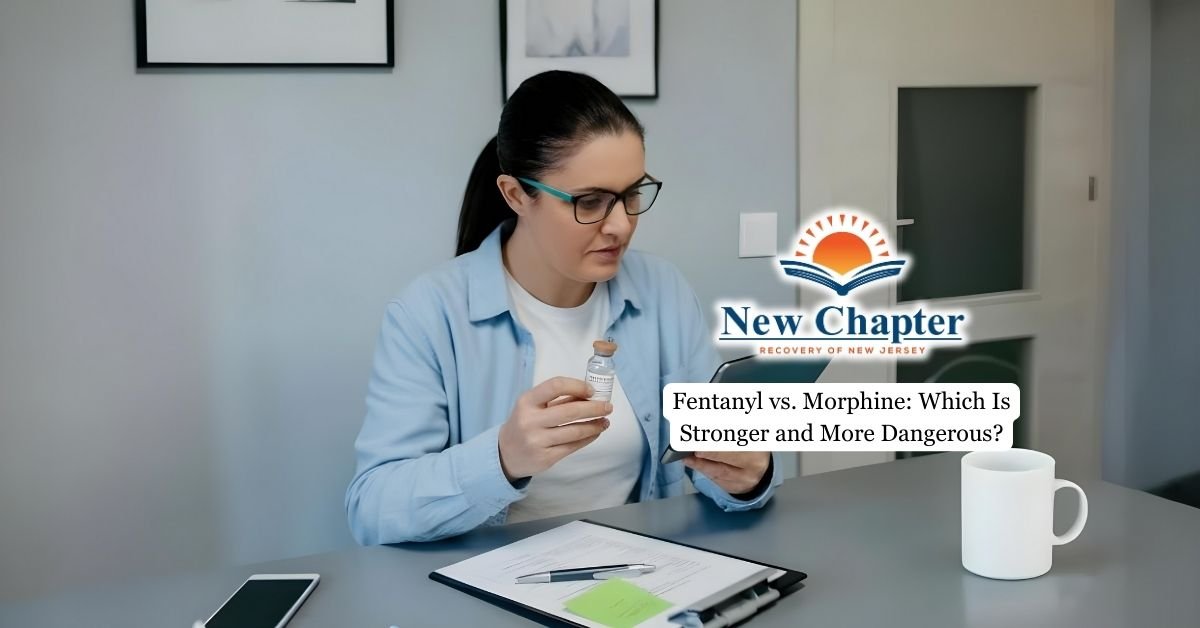Alcoholism, clinically known as alcohol use disorder (AUD), is a complex condition characterized by an inability to control alcohol consumption despite negative consequences. Genetics plays a significant role in influencing a person’s risk for alcoholism, but they are only factors to play a part.
In this article, we will explore how genetics and environmental factors contribute to the risk of developing alcohol use disorder, examine the role of family history, and discuss what it truly means to “inherit” alcoholism.

What Does It Mean to Inherit Alcoholism?
When we ask if alcoholism is hereditary or “inherited”, it’s important to understand the difference between inheriting a genetic predisposition and inheriting the disorder itself. There is no single “alcoholism gene.” Instead, multiple genetic variants contribute small effects that collectively influence a person’s susceptibility to alcohol abuse and alcoholism. While genetics can increase the risk of developing alcohol use disorder, they do not guarantee that someone will become addicted to alcohol.
In addition to genetics, learned behaviors and environmental influences shape drinking habits and the likelihood of developing an alcohol use disorder. For example, growing up in a family where alcohol abuse is common can increase exposure and normalize heavy drinking, compounding genetic risk.
For individuals with an increased risk of alcohol use disorder due to genetic factors, pursuing personalized alcohol addiction treatment in NJ that addresses both biological and environmental aspects is essential.
Genetic Factors and Alcoholism
Scientific research estimates that genetic factors account for about 40–60% of the risk for alcoholism. This heritability means that children of parents with a history of alcohol use disorder are more at risk of developing AUD themselves compared to those without such a family history.
Several genes have been identified as influencing alcohol dependence:
- Genes affecting alcohol metabolism, such as alcohol dehydrogenase (ADH1B) and aldehyde dehydrogenase (ALDH2), influence how quickly alcohol is broken down in the body. Variants in these genes can affect alcohol tolerance and sensitivity. For instance, some people metabolize alcohol rapidly, which may reduce pleasurable effects and lower risk, while others metabolize it slowly, leading to unpleasant reactions that can discourage drinking.
- Genes linked to brain response and reward pathways, including GABRA2, DRD2, and CRHR1, affect how alcohol impacts the central nervous system, influencing impulsivity, stress response, and the reinforcing effects of alcohol.
- Multiple genetic variants contribute to the overall genetic risk, making alcoholism a complex genetic disease rather than one caused by a single gene.
Evidence from Family and Twin Studies
Family and twin studies provide strong evidence for the genetic contribution to alcoholism. Children with a family history of AUD are more likely to start drinking earlier, develop unhealthy drinking patterns, and have difficulty controlling alcohol consumption. Twin studies show that identical twins have a higher concordance rate for alcoholism than fraternal twins, underscoring the role of genetics.
However, even with a genetic predisposition, many individuals do not develop alcohol dependence, highlighting the importance of environmental factors.
Environmental and Social Factors
While genetics sets the stage, environmental and social factors often determine whether a person develops alcohol addiction. These include:
- Early exposure to alcohol and the availability of alcohol in the home or community.
- Peer pressure and social norms around drinking.
- Stressful life events, trauma, or abuse which may lead some to use alcohol as a coping mechanism.
- Socioeconomic status, with poverty and limited access to healthcare, increases risk.
- Parental supervision and family dynamics influence drinking behaviors and attitudes toward alcohol.
The interaction between hereditary or genetic and environmental factors is critical. A person with a high genetic risk may never develop alcoholism if raised in a supportive, low-risk environment, while someone with lower genetic risk might develop AUD due to adverse environmental influences.

A Brief Note on Fetal Alcohol Exposure
Though alcoholism itself is not directly inherited as a genetic disease, fetal alcohol spectrum disorders (FASD) can occur when a baby is exposed to alcohol in utero. Babies born with fetal alcohol syndrome (FAS) may suffer lifelong physical and cognitive impairments and have an increased risk of developing substance use disorders later in life.
This is distinct from genetic inheritance but represents another way alcohol-related problems can be passed from one generation to the next.
Implications for Prevention and Treatment
Understanding that alcoholism is influenced by both genetics and environment helps in identifying individuals at higher risk and tailoring prevention efforts. For those with a family history of alcohol use disorder, early education, strong social support, and healthy coping strategies are essential to reduce risk.
Advances in the genetics of alcohol use disorder may eventually lead to personalized treatments based on a person’s genetic profile. Meanwhile, effective alcohol treatment involves addressing both biological and environmental factors through counseling, behavioral therapies, medication, and support groups.
Final Thoughts from New Chapter Faith Recovery
Having a family history of alcoholism is an important risk factor but not a guarantee. With awareness, support, and appropriate treatment, individuals at risk for alcohol addiction can take steps to prevent or manage alcohol misuse and live healthier lives.
New Chapter Faith Recovery’s outpatient alcohol addiction program in New Jersey blends evidence-based therapies with faith-based principles, creating a unique and effective path to recovery. By uniting clinical expertise with spiritual support, we help individuals find the strength and tools they need to overcome addiction and build a meaningful, sober life.






